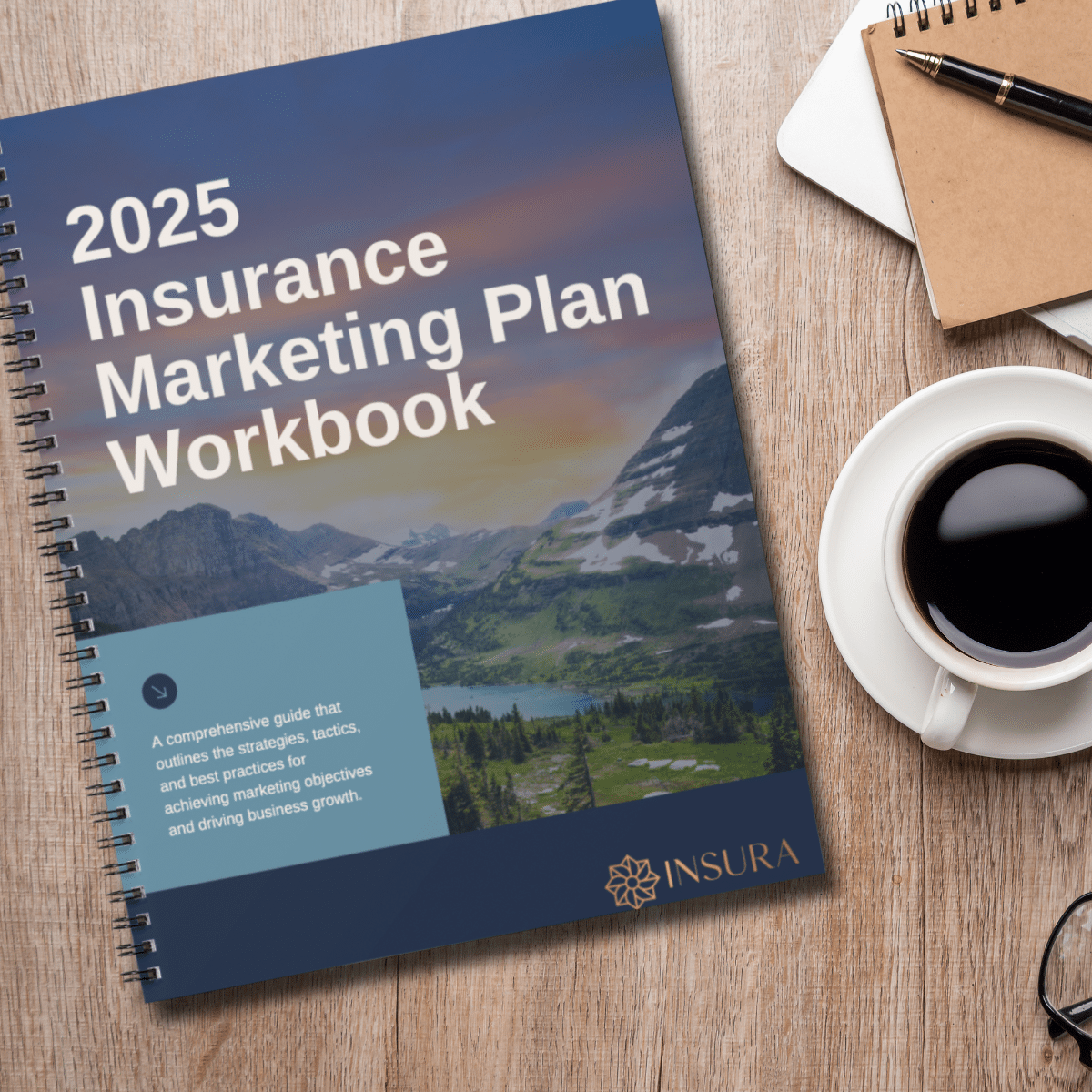Your website is more than just a digital business card—it’s a powerful tool for generating leads, building trust, and converting visitors into clients. However, having a website is not enough. To truly capitalize on your online presence, you need to optimize it for maximum conversions. In this blog post, we’ll walk you through the essential steps to turn your insurance agency’s website into a lead-generating machine.
1. Prioritize User Experience (UX)
User experience is the cornerstone of a high-converting website. If visitors can’t easily find what they’re looking for or if the site is slow to load, they’re likely to leave before taking any action.
Key Actions:
- Mobile Optimization: With a significant portion of web traffic coming from mobile devices, your website must be fully optimized for mobile users. Ensure that your site is responsive, meaning it adapts seamlessly to different screen sizes, providing a smooth browsing experience on smartphones and tablets.
- Navigation Simplicity: Keep your website navigation simple and intuitive. Use clear headings and subheadings, and ensure that important pages like “Services,” “About Us,” and “Contact” are easily accessible from the main menu.
- Fast Load Times: A slow website can drastically reduce conversions. Aim for load times under three seconds by optimizing images, using a content delivery network (CDN), and minimizing the use of heavy scripts and plugins.
2. Craft Compelling Calls-to-Action (CTAs)
A call-to-action (CTA) is a prompt that encourages visitors to take a specific action, such as signing up for a newsletter, requesting a quote, or scheduling a consultation. Well-designed CTAs are essential for driving conversions.
Key Actions:
- Clear and Action-Oriented: Your CTAs should be clear, concise, and action-oriented. Use strong verbs like “Get,” “Download,” “Request,” or “Schedule” to prompt immediate action. For example, “Get Your Free Quote Today” is more effective than simply saying “Learn More.”
- Strategic Placement: Place CTAs in high-visibility areas on your website, such as at the top of the homepage, within blog posts, and on service pages. Make sure they stand out visually—using contrasting colors or bold fonts can help.
- Multiple CTAs: Include multiple CTAs throughout your site to cater to different stages of the buyer’s journey. For example, someone in the early research phase might be more likely to download a guide, while someone closer to making a decision may want to schedule a consultation.
3. Optimize Landing Pages for Conversion
Landing pages are standalone web pages created specifically for marketing campaigns. They are designed with a single focus or goal, making them powerful tools for converting visitors into leads.
Key Actions:
- Focus on One Offer: Each landing page should focus on a single offer, whether it’s downloading an ebook, signing up for a webinar, or requesting a quote. Eliminate distractions by removing unnecessary navigation links and sidebars.
- Strong Headlines: Your landing page’s headline is the first thing visitors see, so make it compelling and relevant. It should clearly convey the value of your offer and how it addresses the visitor’s needs.
- Short and Simple Forms: Keep forms short and simple to reduce friction. Ask for only the most essential information, such as name, email address, and phone number. The less information you require, the higher the likelihood that visitors will complete the form.
- Social Proof: Include testimonials, client logos, or case studies on your landing pages to build trust and credibility. Social proof reassures visitors that others have found value in your services.
4. Use Trust Signals to Build Credibility
Trust is crucial when it comes to converting website visitors into clients, especially in the insurance industry. Including trust signals on your website can help build confidence and encourage visitors to take the next step.
Key Actions:
- Client Testimonials: Display client testimonials prominently on your website. These can be placed on the homepage, service pages, and landing pages. Ensure that testimonials are specific and highlight the positive outcomes your clients have experienced.
- Security Badges: If your website processes sensitive information, such as personal data or payment details, display security badges like SSL certificates or trust seals. These reassure visitors that their information is safe.
- Industry Certifications: Showcase any industry certifications, awards, or affiliations on your website. These endorsements enhance your credibility and demonstrate your expertise.
5. Implement Analytics and Continuous Improvement
To ensure your website is optimized for conversions, it’s essential to track its performance and continuously make improvements based on data.
Key Actions:
- Set Up Google Analytics: Install Google Analytics to monitor key metrics such as bounce rate, average session duration, and conversion rate. This data will help you understand how visitors are interacting with your site and where there may be opportunities for improvement.
- Heatmaps and User Behavior Tools: Use tools like Hotjar or Crazy Egg to create heatmaps and record user sessions. This will show you where visitors are clicking, how far they scroll, and where they drop off, providing insights into potential bottlenecks or areas of confusion.
- A/B Testing: Regularly conduct A/B tests on different elements of your website, such as headlines, CTAs, and form fields. A/B testing allows you to compare two versions of a page or element to see which performs better, helping you make data-driven decisions to improve conversions.
Conclusion
Optimizing your insurance agency’s website for maximum conversions involves more than just making it look good—it requires a strategic approach to design, content, and user experience. By prioritizing user experience, crafting compelling CTAs, optimizing landing pages, building trust, and using data to guide continuous improvement, you can turn your website into a powerful tool for generating leads and growing your business.
At Insura, we specialize in creating high-converting websites for insurance agencies. Contact us today to learn how we can help you optimize your website and achieve your business goals.



